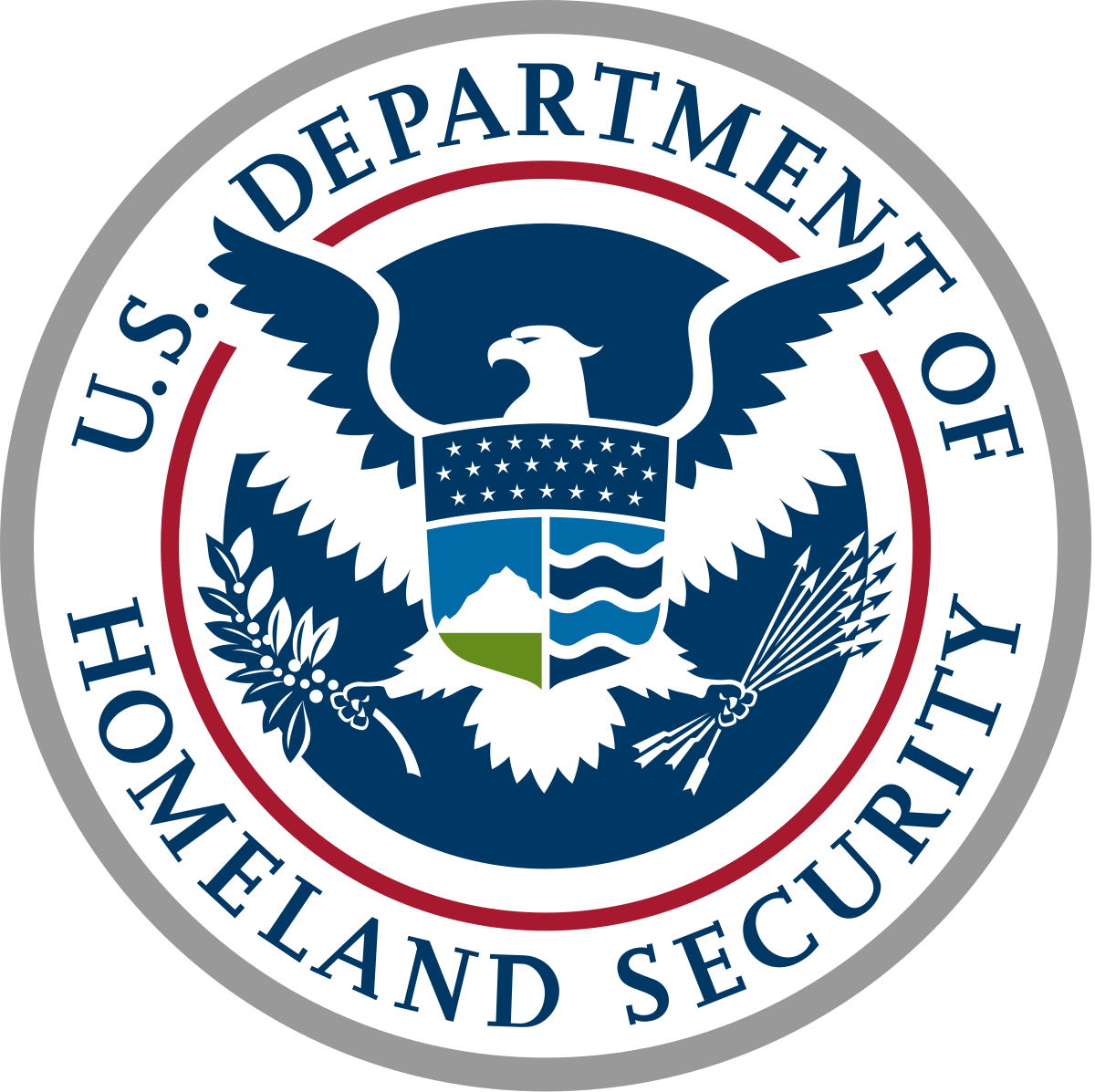Building Resilient Infrastructure and Communities (BRIC)
Federal Agency

Sub-Department
Federal Emergency Management Agency (FEMA)
Purpose
To invest in and undertake hazard mitigation projects, reducing the risks communities face from disasters and natural hazards.
Applicant and/or Project Eligibility Requirements
Local governments/municipalities are eligible to apply as sub-applicants to states. Homeowners, business operators, and non-profit organizations cannot apply directly to FEMA but can be included in a sub-application submitted by an eligible sub-applicant. Note: Applicants must have a FEMA-approved State, Local, or Tribal Hazard Mitigation Plan by the application deadline and at the time of obligation of grant funds.
Decarbonization Considerations
BRIC is designed to advance broad, impactful, flexible, and innovative resiliency solutions that enhance the energy system and access to energy during disasters. For FY 2023, the priorities for the program are to incentivize natural hazard risk reduction activities that mitigate risk to public infrastructure and disadvantaged communities; incorporate nature-based solutions including those designed to reduce carbon emissions; enhance climate resilience and adaptation; and increase funding to applicants that facilitate the adoption and enforcement of the latest published editions of building codes. BRIC encourages hazard mitigation projects that meet multiple program priorities.
Equity Considerations
BRIC has a priority focus of benefiting disadvantaged communities, defined as those facing conditions including, but not limited to, low income, high and/or persistent poverty, high unemployment/underemployment, racial and ethnic segregation, high housing cost burdens, distressed neighborhoods, disproportionate impacts from climate change, high energy cost burden and low energy access, jobs lost from the energy transition, and limited access to healthcare. Flexible backup power solutions (i.e. local community resiliency hubs) can be deployed to support remote, marginalized residents with limited access to more centralized facilities.
Helpful Tips
State deadlines will vary for sub-applicants to be considered, typically 1-3 months prior to the FEMA deadline. Contact your State Hazard Mitigation Officer (SHMO) to learn about potential state deadline to plan accordingly: https://www.fema.gov/grants/mitigation/state-contacts
Other Notes
In addition to project selections, the BRIC Program offers non-financial Direct Technical Assistance (DTA). Read more here: https://www.fema.gov/grants/mitigation/building-resilient-infrastructure-communities/direct-technical-assistance Awardees are eligible to recieve FEMA-subsidized, low-carbon construction materials. Read more at https://www.fema.gov/grants/policy-guidance/low-carbon-goals. See FY23 awardees here: BRIC selections - https://www.fema.gov/grants/mitigation/learn/building-resilient-infrastructure-communities/after-apply/fy-23-status; BRIC DTA selections - https://www.fema.gov/grants/mitigation/building-resilient-infrastructure-communities/direct-technical-assistance/communities
